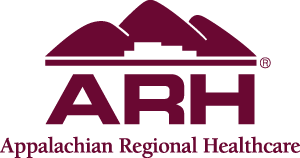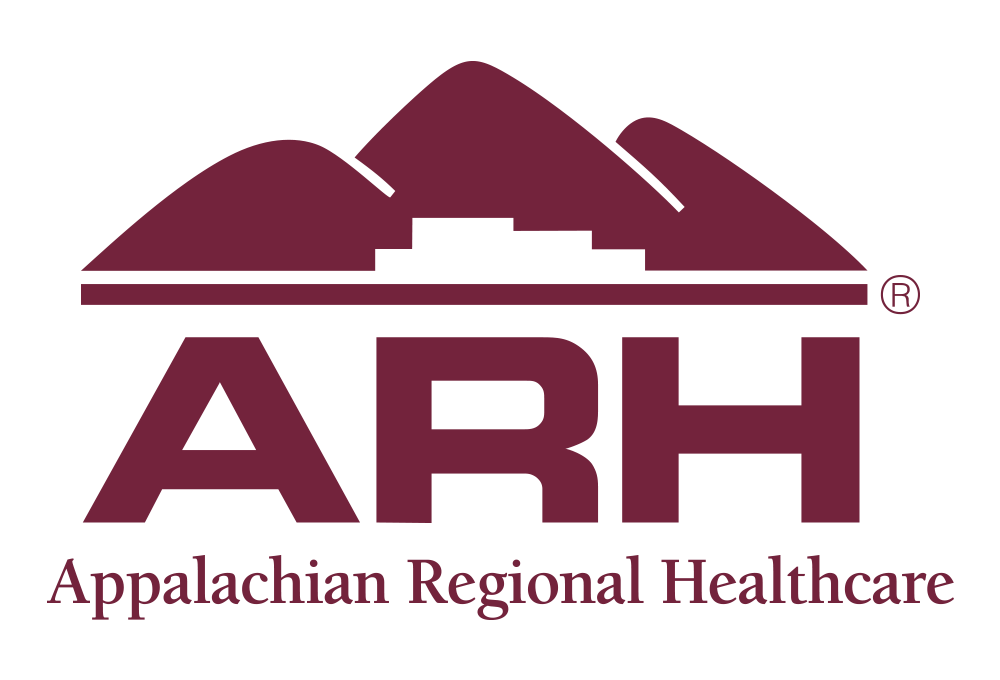You have [arhresults] high risk factors.
If you scored 5 or more, or you’re unsure of your risk, talk to your healthcare provider about how you can reduce your risk.
Talk to your healthcare provider or find an ARH Cardiologist near you.
Factors you can control
High Blood Pressure: The American College of Cardiology and the American Heart Association say that high blood pressure should be treated beginning at a reading of 130 for the first number and 80 for the second number.
High Cholesterol: If cholesterol levels get too high, it can build up on the walls of your arteries, leading to blockage. You can improve cholesterol by eating a healthy diet, maintaining a healthy weight and getting regular exercise.
Blood Sugar: Diabetes weakens arteries and veins, including arteries in the heart.
Diet: A heart-healthy diet can help manage high blood pressure, high cholesterol and diabetes. Adopt a diet low in salt, fat and sugar. Emphasize fruits, vegetables, whole grains, poultry and fish.
Exercise: Try to get 30 minutes of exercise, 5 times a week. This can be as simple as walking briskly, playing basketball, dancing, running or swimming.
Weight: Carrying extra weight makes the heart work harder to pump blood through the body. Eating healthy foods and getting regular exercise can help you lose the unhealthy fat around your waist.
Smoking: According to the surgeon general, cigarette smoking causes one of every three deaths from cardiovascular disease. Stop smoking now. Ask your doctor for resources to help you quit.
Factors you cannot control
Some factors that make a person more likely to have a heart attack are beyond his or her control; those include age, race, gender and family history. Even though you cannot change these factors, it is good to know your risk.
Know the warning signs
If you are at high risk for heart disease or cardiac event, make sure you know the warning signs of a heart attack.


